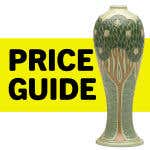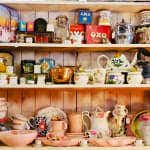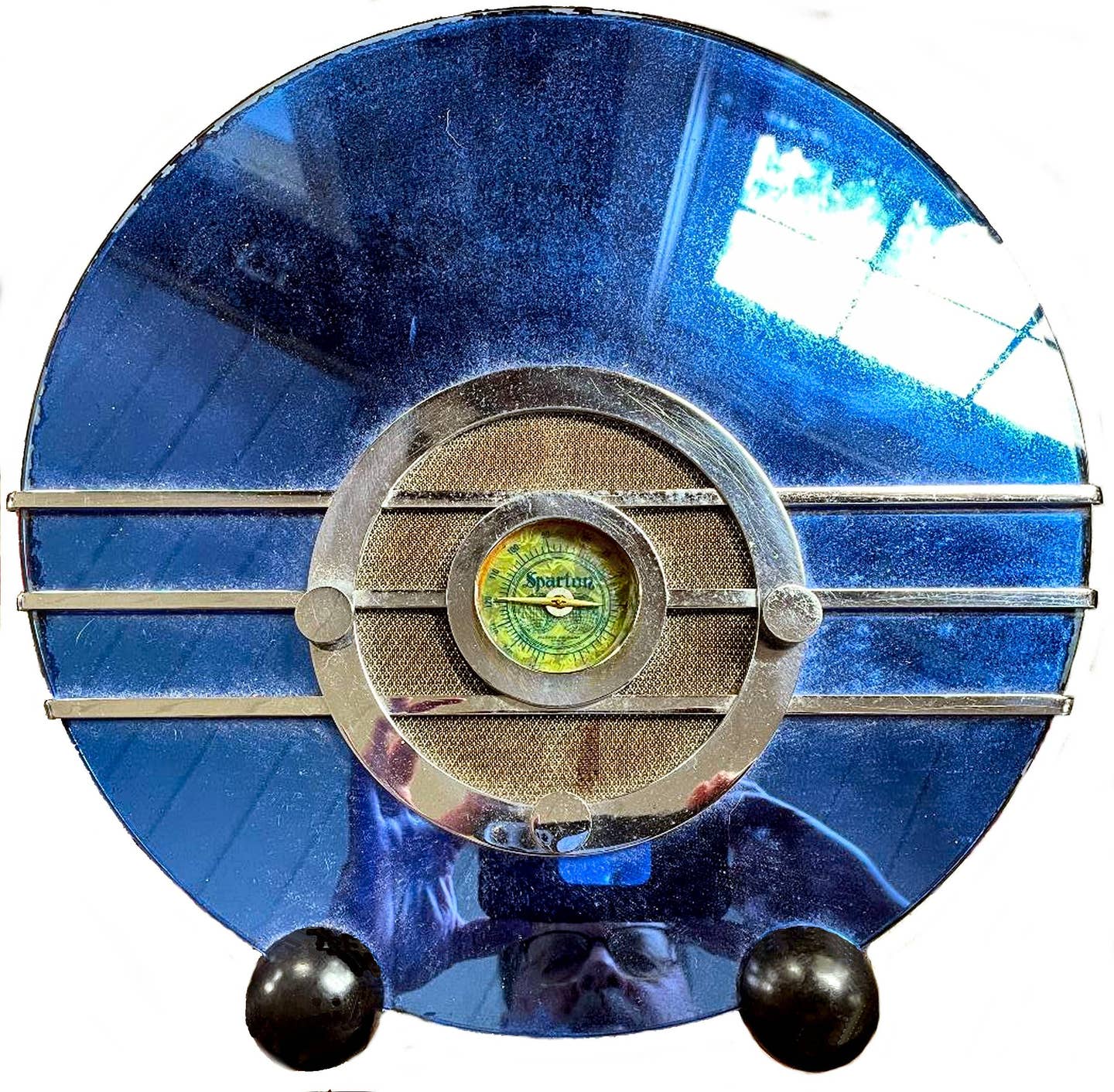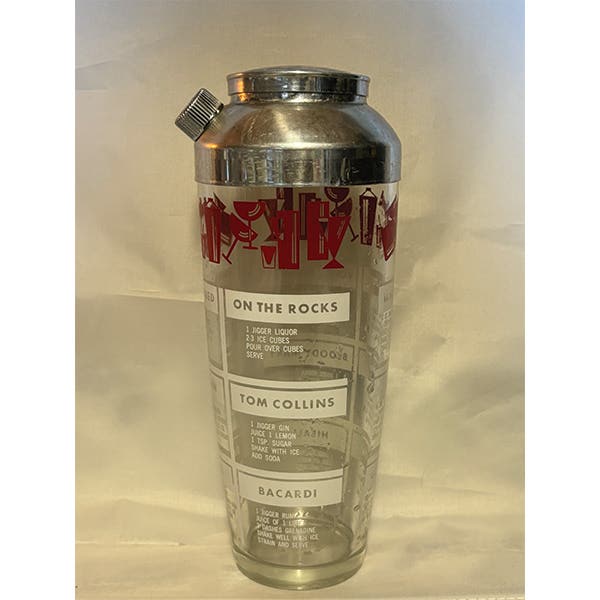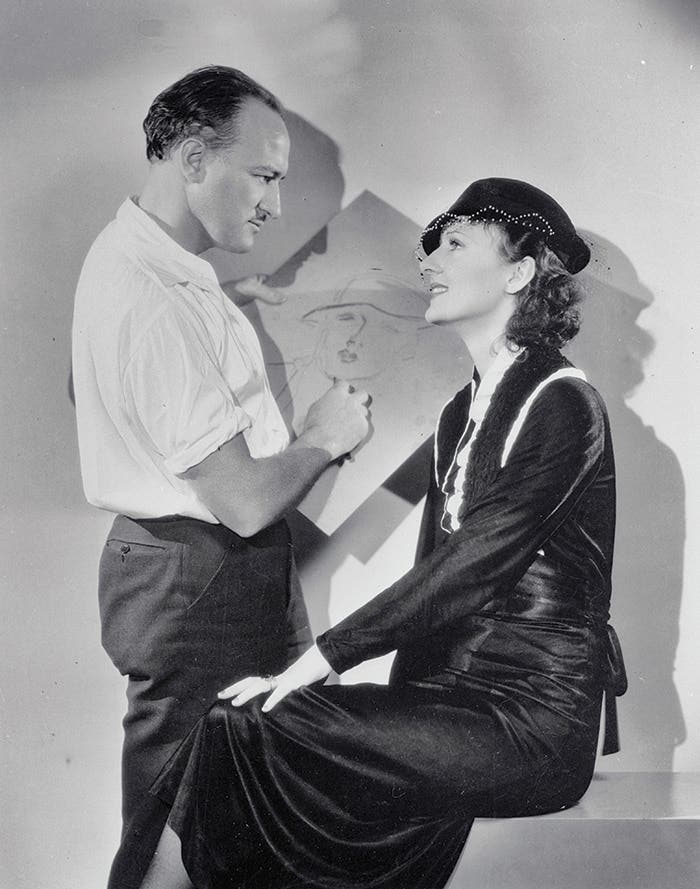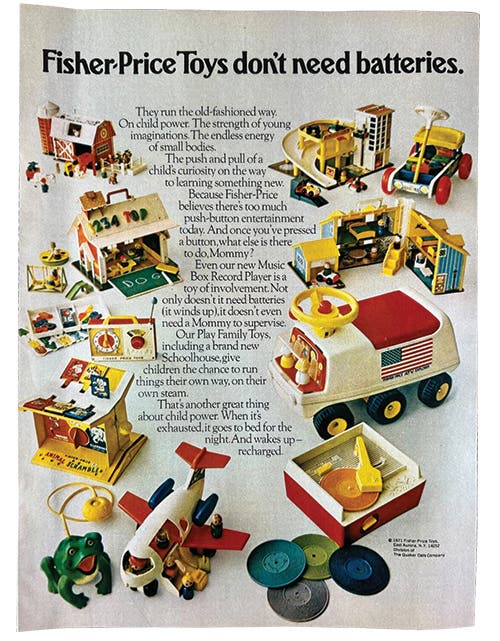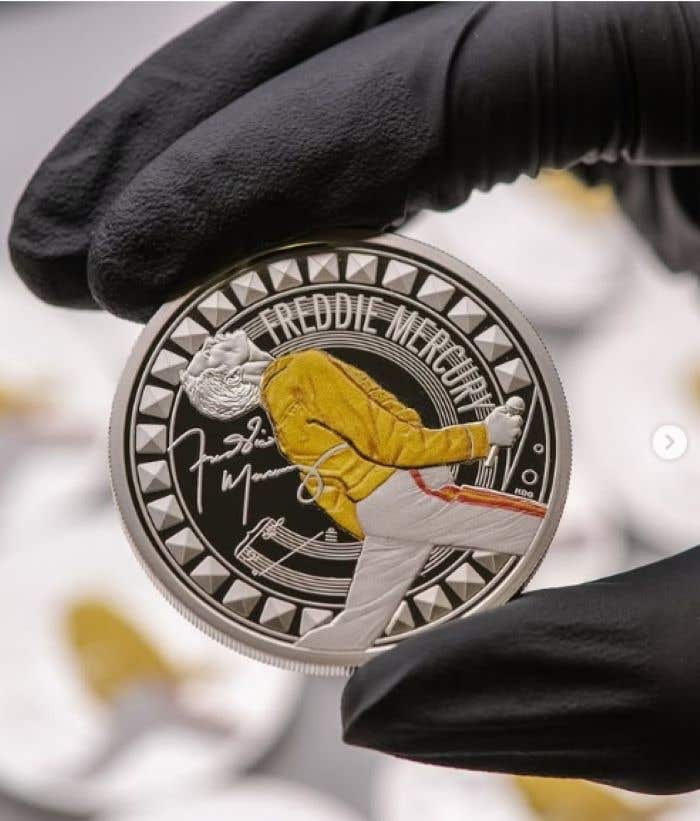The Mailed Magic of Halloween
Discovering Halloween’s History Through Vintage Postcards.
Halloween traces its beginnings to the Celtic festival of Samhain (pronounced SAH-win) over 2,000 years ago, a time when the boundary between the living and the dead was believed to be thin, and people wore costumes to disguise themselves in order to ward off roaming spirits. As a symbol of unity, purification, and protection against spirits, families extinguished their hearth fires and relit them from a communal bonfire. Celts also left food and treats outside their homes, both for their ancestors and to appease troublesome spirits—an early predecessor to modern trick-or-treating. Over time, people began dressing as spirits to collect these offerings themselves.
Scrying
Scrying is an ancient form of divination that involves gazing into a reflective or translucent surface—such as a mirror, crystal ball, water, fire, or even smoke—to receive visions, symbols, or impressions. People used to believe that scrying was most effective on Hallow’s Eve. Folklore also claims that walking backwards while wearing your clothes inside out at midnight on Halloween night will help you see a witch.
Skeletons, skulls, and bones represented the dead wandering among the living and the season’s association with mortality and ancestor veneration.
Hallowe'en
The original and technically correct spelling is “Hallowe’en,” with an apostrophe. It’s an abbreviation of “All Hallows’ Eve,” the night before All Saints’ Day. This is the spelling you will find on early 20th-century Halloween postcards, many of which incorporate the traditional Halloween colors of black and orange. Orange represents the harvest and autumn, while black stands for darkness and death. And, although orange is the classic color, pumpkins can also be white, green, red, and even blue.
Full Moon Madness
Other themes associated with early Halloween postcards are full moons, which rarely happen on October 31. The last two full moons occurred in 2001 and 2020; the next will be in 2039.
Witches, Etc.
Other popular themes include witches (both beautiful and haggard), owls, jack-o’-lanterns, black cats, devils, skeletons, ghosts, and vegetables.
Personified Pumpkin/Corn
Another rare motif was costumes representing pumpkins, turnips, and other objects. Personified pumpkins were depicted driving cars or walking in heels made from turnips—reflecting the older practice of carving vegetables as lanterns.
Carved Vegetables
Originally, ancient Celtic people carved grotesque faces into turnips, mangelwurzels, or potatoes and placed candles inside. This practice was rooted in the festival of Samhain, when it was believed spirits roamed the earth at summer’s end. The lanterns were made to either represent spirits or ward off evil ones during this spiritually charged night, and is the origin of today’s pumpkin carving.
A central myth supporting this custom is the Irish legend of “Stingy Jack.” According to the tale, Jack was doomed to wander the earth with only a burning coal inside a hollowed-out turnip to light his way. As Irish and Scottish immigrants arrived in North America, they discovered that the native pumpkin was much easier to carve and larger in size, so they adopted it for their lanterns. Thus, the jack-o’-lantern tradition became firmly linked to Halloween in the United States, eventually replacing the older root vegetables.
Jack-O’-Lanterns
Not everyone takes pleasure in all things Halloween. There are people who suffer from “samhainophobia,” or an intense fear of Halloween. Even so, the holiday proved to be a boon to artists and publishers of postcards.
Halloween postcards enjoyed a golden age between 1905 and 1915, with an estimated 3,000–3,500 unique designs produced. They captured the rise of Halloween in the U.S. as the holiday transformed into a celebration of fun, parlor games, and romance. Original Edwardian Halloween postcards (often using “Hallowe’en” spelling) are highly collectible today, sometimes fetching $20–$600 depending on rarity and condition.
Ellen Clapsaddle
Above are two Ellen Clapsaddle cards.
The most prolific artist of Halloween postcards during the golden age of postcards (roughly 1898–1915) was Ellen H. Clapsaddle. She is widely recognized as the most creative souvenir postcard and greeting card artist of her era, with over 3,000 designs attributed to her name. Many of her illustrations focused on charming, colorful portrayals of children and festive Halloween imagery, and her signature can often be found on these vintage cards.
Winsch & Tuck
As for the most prolific publisher, John Winsch stands out. Winsch produced his own line of picture postcards between 1910 and 1915 and copyrighted more than 4,000 different designs in that short period, working with several of the era’s top artists, including Samuel L. Schmucker. His name is especially prominent in the realm of Halloween postcards from this time.
Other notable publishers from the golden age include Raphael Tuck & Sons and International Art Publishing Company, but Winsch is most frequently cited for Halloween cards.
Many vintage postcards depicted Halloween as a sweet, almost romantic holiday, with soft illustrations, verses, and party invitations, rather than the scary imagery common today. Early postcards rarely showed trick-or-treating because the custom did not become widespread until the 1930s.
The period postcards capture a time when Halloween was more about games and playful pranks than going door-to-door for candy. Halloween-themed postcards helped popularize and standardize holiday imagery, influencing how we picture Halloween today.
Dr. Anthony Cavo is a certified appraiser of art and antiques and a contributing editor to Kovels Antique Trader. Cavo is also the author of Love Immortal: Antique Photographs and Stories of Dogs and Their People.
You may also like:
Dr. Anthony J. Cavo is an honors graduate of the Asheford Institute of Antiques and a graduate of Reisch College of Auctioneering. He has extensive experience in the field of buying and selling antiques and collectibles. Cavo is also the author of Love Immortal: Antique Photographs and Stories of Dogs and Their People.
